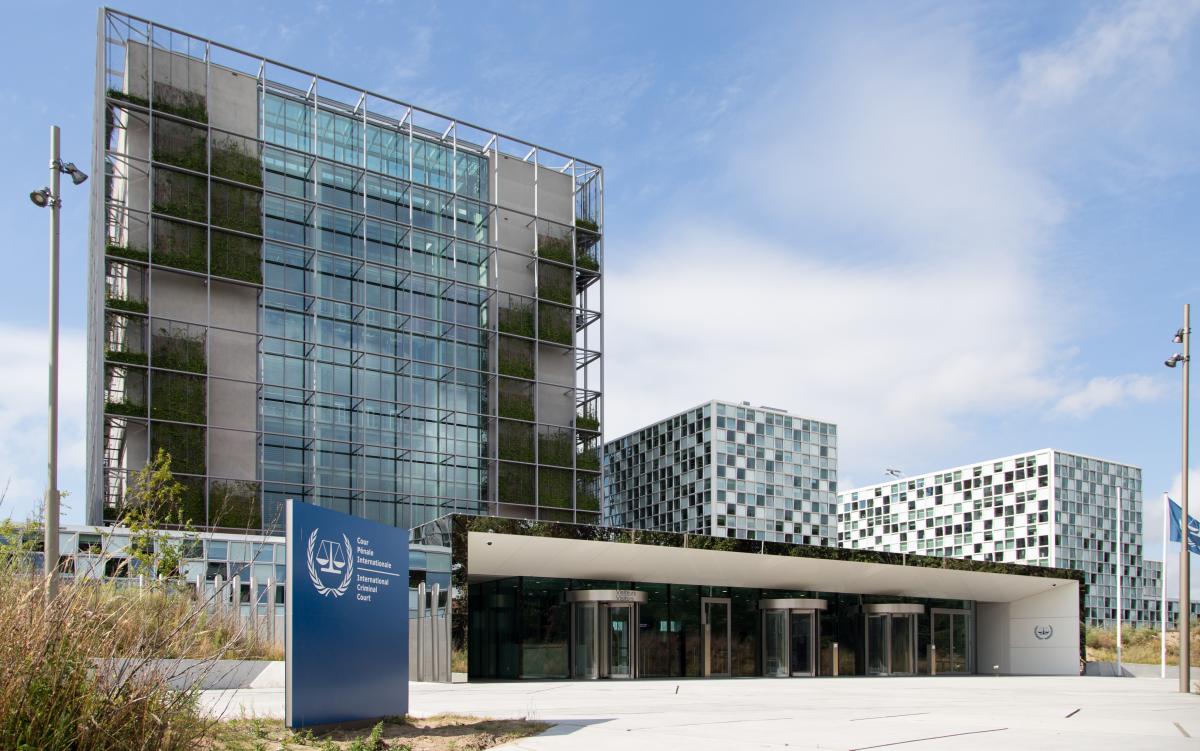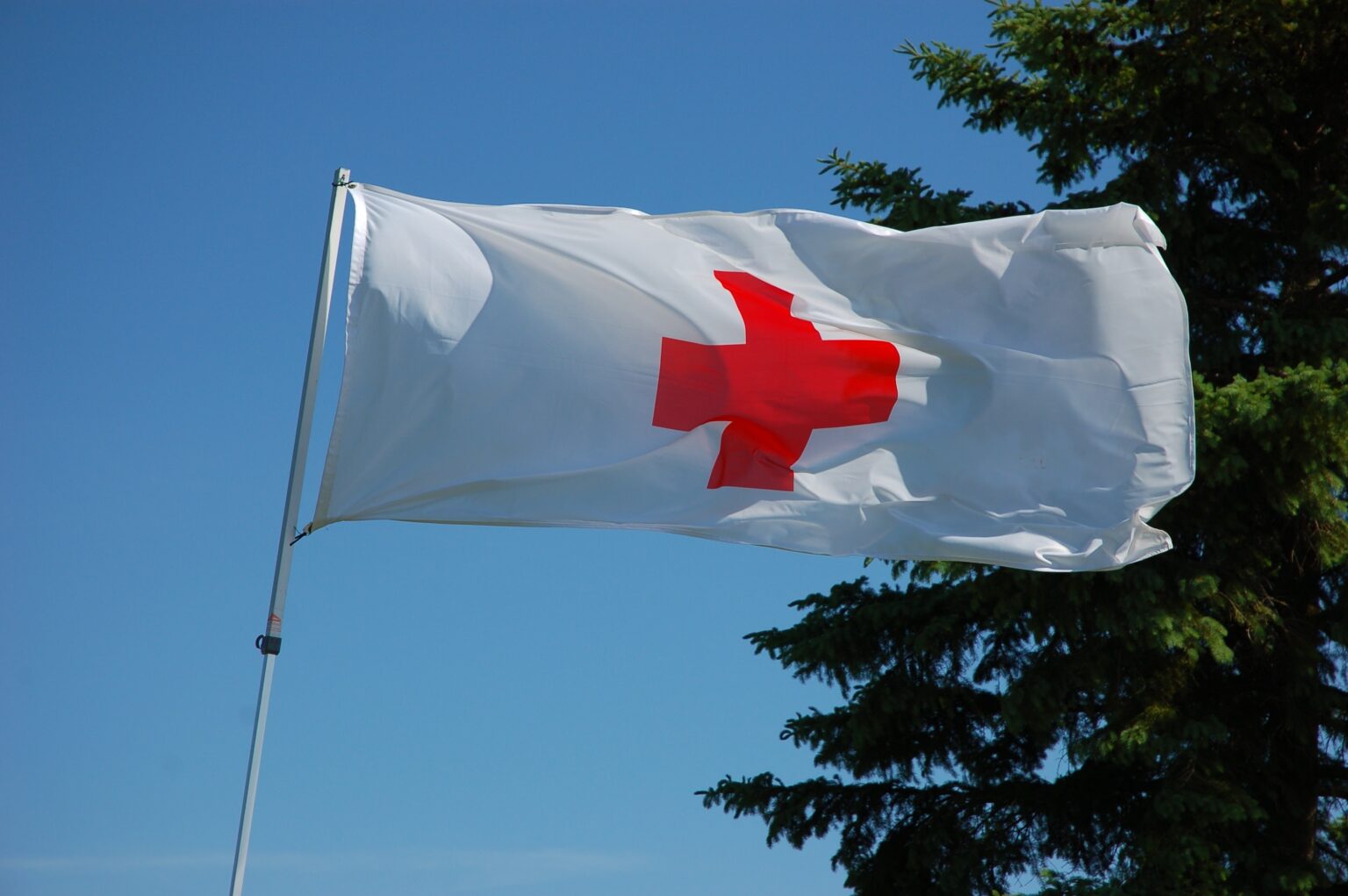All the rules designed to limit the inevitable consequences of war, to make it less unjust and less deadly, are embodied in conventions, treaties and customs of international humanitarian law.
What’s the International Humanitarian Law?
International humanitarian law (IHL) is the body of rules designed to limit the effects of armed conflict, to regulate the conduct of hostilities and to protect the victims of conflict (civilians, the wounded, the sick, prisoners of war, internees, shipwrecked persons, medical personnel and those providing spiritual care). It applies to all types of armed conflict, international and non-international, regardless of the legitimacy and justification of the use of force.
IHL is also known as the ‘Law of War’ or ‘Law of Armed Conflict’. According to the rules of IHL, parties to a conflict must act humanely and without discrimination. For example, attacks on civilians or civilian infrastructure are prohibited, the wounded and sick must be treated, and prisoners must be treated humanely and have access to a fair trial. It also protects civilian property and infrastructure such as hospitals and ambulances, equipment and medical supplies. Important cultural assets such as historical monuments, works of art and places of worship are also protected, as are assets and infrastructure vital to the civilian population (e.g. aqueducts). The IHL also prohibits attacks on infrastructure containing dangerous elements (such as nuclear power plants). The IHL also restricts the means and methods used to wage war, prohibiting weapons that cause unnecessary injury or suffering and methods that cause severe, widespread and long-lasting environmental damage.

Prosecuting infringements is difficult
Violations of humanitarian law are complex to prosecute because they are difficult to prove and have significant consequences for relations between states. A key body for the enforcement of international humanitarian law is the International Criminal Court. The Court deals with international crimes committed by individuals, not states, and has its legal basis in the Rome Statute (adopted in 1998), to which 123 states are parties. Two permanent members of the Security Council (Russia and the United States), China and Ukraine, among others, are not parties to the Rome Statute. Israel, on the other hand, has signed but not ratified the treaty. The ICC exercises its functions and powers on the territory of any member state, but its jurisdiction may extend to the territory of any other state that so requests.
Two historic cases in which war crimes were prosecuted are the Balkan wars of the 1990s and the Rwandan genocide. The International Criminal Tribunal for the former Yugoslavia (covering the wars in the former Yugoslavia, the war in Kosovo and the conflict in Macedonia) has completed 83 final convictions. This was the first special criminal court to be set up after the Nuremberg Military Tribunals (1945-46), which were created to try the crimes of Nazi hierarchs. Unlike Nuremberg, the Tribunal for the former Yugoslavia’s maximum sentence was life imprisonment, not death. The same applies to the International Criminal Tribunal for Rwanda, established by the UN Security Council in 1994 for the genocide committed in Rwanda between 7 April and 15 July 1994.
WHO DOES WHAT
The International Red Cross Movement
191 National Societies, the International Committee of the Red Cross (ICRC) and the International Federation of Red Cross and Red Crescent Societies (IFRC) make up the International Red Cross Movement, the largest active humanitarian network in the world. The National Red Cross Societies were created following the Geneva Conference of 26-29 October 1863, while the International Red Cross Movement was institutionalised at the 13th International Conference in The Hague in 1928.
The International Federation of Red Cross and Red Crescent Societies (IFRC) is the Geneva-based organisation that coordinates National Red Cross and Red Crescent Societies at the international level. The IFRC secretariat directs and coordinates the humanitarian operations of the Movement in the event of civil or natural disasters.
The International Committee of the Red Cross (ICRC) is a Swiss organisation with an international mandate. Its humanitarian mission is “to protect the life and dignity of people in conflict zones and to prevent human suffering”. It does this by applying the Fundamental Principles of the Red Cross and International Humanitarian Law. Within the International Red Cross and Red Crescent Movement, the ICRC coordinates humanitarian operations in armed conflicts and other situations of violence. The ICRC is the ‘guardian and promoter’ of international humanitarian law and monitors compliance with the Geneva Conventions and their Additional Protocols.
The seven Fundamental Principles of the Red Cross (humanity, impartiality, neutrality, independence, voluntary service, unity, universality) are binding on the whole Movement. In situations of war and conflict, the organisations of the Movement are protected by universally recognised emblems: the Red Cross, the Red Crescent or the Red Crystal.
FOCUS 1
The birth of international humanitarian law
After the Battle of Solferino (fought in 1859 during the Second Italian War of Independence), the humanist Henry Dunant succeeded in persuading the Swiss Federal Council to convene a diplomatic conference in 1864. On that occasion, twelve European states signed the first Geneva Convention for the Protection of Wounded Soldiers and the Red Cross on a white background was recognised as the official symbol of protection.
States have since concluded many treaties on how to conduct wars. The key texts are the four Geneva Conventions of 1949 and the Additional Protocols of 1977 and 2005. Almost all states in the world have acceded to the Conventions. Switzerland is the depository of the Geneva Conventions: the original documents are kept there. In addition to the Conventions, international humanitarian law also includes all the international treaties that prohibit or restrict the use of various types of weapons, such as the Chemical Weapons Convention, the International Convention on Cluster Munitions, anti-personnel mines, etc.
FOCUS 2
Obligations of parties to a conflict and war crimes
According to IHL, under no circumstances may civilian persons or property be attacked. Parties to a conflict must always distinguish between ‘military targets’ and civilians or civilian property. An attack on military targets is also prohibited if it is likely to cause disproportionate civilian casualties or disproportionate damage to civilian objects or the environment. In the event of an attack, the parties to the conflict must take all possible measures to protect civilians and civilian property. The use of civilians as a shield is prohibited, as is the misuse of the emblems of the Geneva Conventions. Weapons that strike indiscriminately and cause unnecessary suffering or serious environmental damage are also prohibited.
Grave breaches of international humanitarian law are considered war crimes. These include torture and inhuman treatment of prisoners, rape, attacks on civilians, unlawful deportation of civilians, hostage-taking and the use of child soldiers. In the case of serious violations of the Geneva Conventions, each state is obliged to prosecute the alleged perpetrators, extradite them to another state or refer them to the International Criminal Court for prosecution.



















